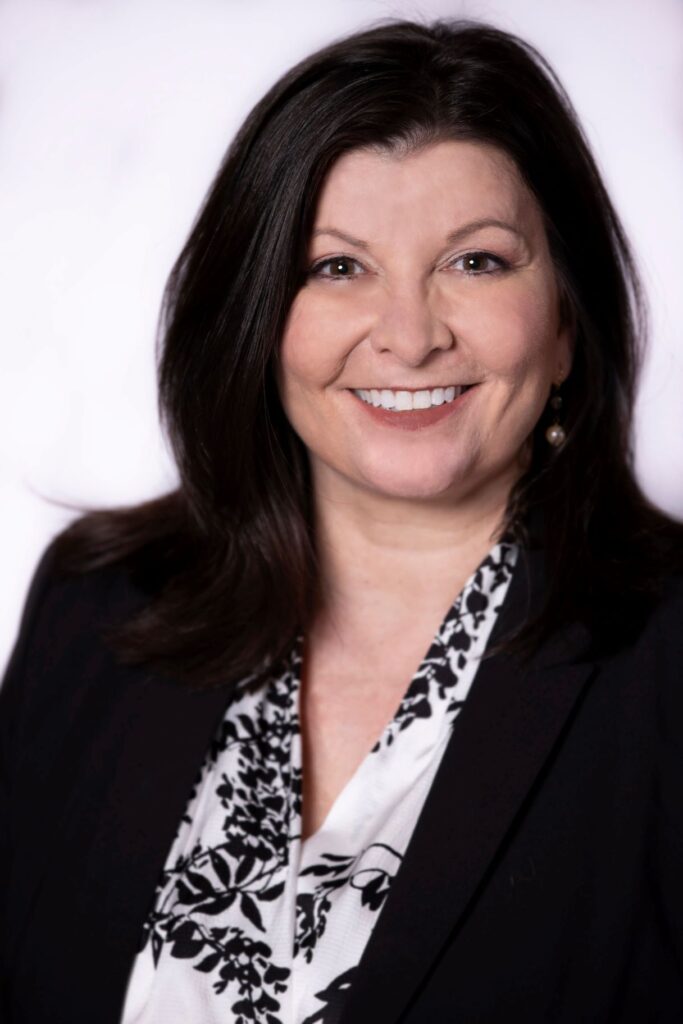Angelica Grindle, PhD, is a behavior analyst with 25 years of experience. She specializes in creating safety excellence through the application of behavioral science at all organizational levels. As vice president at DEKRA’s consulting practice, she guides organizations initiatives on their unique needs and generates the support needed from key stakeholders to create long-lasting change.
DEKRA’s consulting practice includes consultants and business partners to many of the world’s largest chemical, oil and gas, transportation, utilities, pharmaceutical, and agriculture companies. Their consultants are experts in both the cultural dynamics of large organizations and the physical challenges of an industrial work environment.
For our latest Faces of EHS profile, we sat down with Angelica to discuss critical behaviors and the importance of companies valuing employee well-being.
Q: How did you get your start in the field?
I have always been fascinated by human behavior. While getting my doctorate in applied behavior analysis, a professor connected me with a company that needed help improving safety. That was it. I was hooked! As the saying goes, “To love what you do and know that it matters, what could be more fun than that!”
Q: What’s your favorite part about working in the industry? What’s your least favorite part, and how would you change it?
As a consultant, I get to partner with everyone from employees on the frontline to people in the C-suite and I also get to see the inner workings of so many different types of industries. This is definitely a fun and fascinating part of my job! While I love spending time with my clients and learning about what they do, the least favorite part of my job is the travel.
Q: How can company leaders make safety a value within their organization?
The first step is for leaders to define their personal vision for safety and paint a vivid picture of what safety excellence looks like. Safety is often defined as an absence of injuries. A more forward-looking approach, however, is to define safety as controlling exposure for self or others. The critical behaviors needed to control exposure will, of course, differ depending on the person’s role in the organization. A critical behavior for a frontline employee may be to pause work when something happens changing the level of exposure or to approach co-workers to address exposures. Critical behaviors for a supervisor might be to do safety briefings where potential exposures and their controls are discussed and to promote pausing work.
At the executive level, critical behaviors might include monitoring performance of critical safety activities and advocating for resources and tools to be invested in exposure control. Having safety as a “value” in an organization then means that everyone understands the critical behaviors they need to control exposure for themselves, and others and these behaviors happen consistently. To get there, leaders need to first define what it looks like when safety is a value: what the environment looks like, how the work gets done, how people interact with each other, and how exposure is controlled. Then they need to communicate that vision, walk the talk, and ensure the critical behaviors needed to achieve that vision are happening at every organizational level.
Q: Where do you see the industry heading in five years? Or are you seeing any current trends?
While the concept of worker well-being isn’t new, understanding its importance for employees at all organizational levels is increasing. Well-being is even more important for frontline employees because lack of well-being can lead people to make critical errors which can lead to injuries. I believe that one of the components of the “great resignation” is that employees are more aware of the importance of well-being and expect their leaders and organization to help cultivate it.
Unfortunately, many leaders have neither an understanding of well-being nor the skills needed to foster it. Because of this gap, we have been developing solutions at DEKRA for “Working @ Well-being.” These solutions target physical, psychological, and social well-being to strengthen teams and create a psychologically safe culture that allows people to thrive at work.
Q: How has the COVID-19 pandemic complicated or exacerbated problems with safety culture?
One of the most common issues I’ve seen is around engagement. Engagement has been impacted in two ways. First, many leaders I worked with during the pandemic talked about how they were working from home while their teams were on the job. If leaders are not engaging in the field with their teams, their ability to maintain or change the safety culture is compromised. Secondly, during the pandemic, so many of us became isolated from each other and the politicization of COVID-19 furthered that divide. A big indicator of a healthy culture is how we interact with each other. We need to be able to work together to ensure everyone goes home safely.
Q: What are you most proud of?
That’s easy! I am lucky enough to partner with my clients to help them improve their safety leadership, build their safety culture, reduce exposure, and, ultimately, save lives. Nothing is more rewarding to me than to hear from a client how they transformed their safety culture. Knowing that I was a part of that transformation is incredibly meaningful to me.
Q: Do you have any advice for people entering the profession?
At the end of the day, people in the safety field are working to make the world a safer place. There are so many ways to move the needle, so my advice is to be curious and try everything. You never know what will light that spark!


